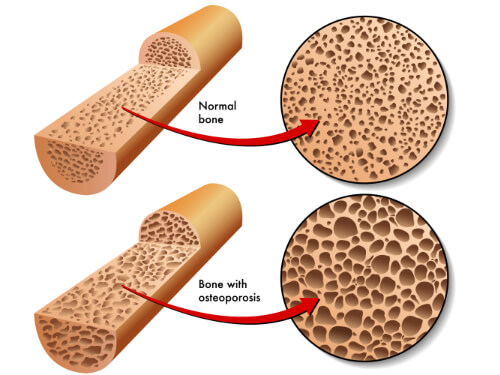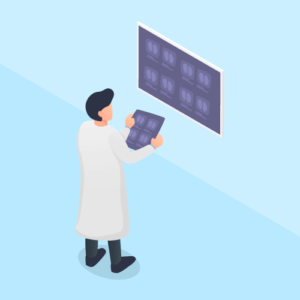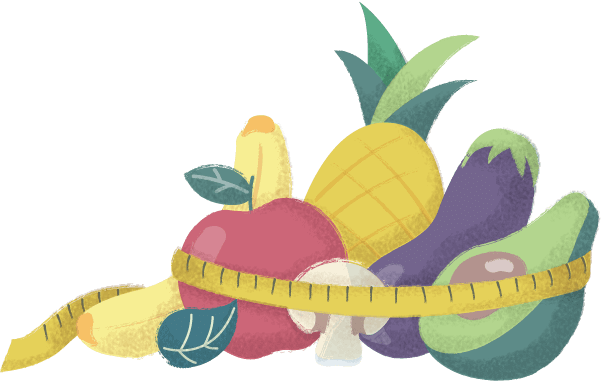Our Bones
Normal bones are composed of a shell of compact or solid bone surrounding connecting plates and rods of bone within which lie the bone marrow. The thickness of the outer shell of compact bone varies in different parts of the skeleton, being thicker in the bones of the skull, arms and legs than in the spine. Much of the strength of the skeleton is the result of the compact bone but the spongy bone also makes an important contribution. Bone is made up mainly of a protein called collagen and bone mineral, which contains calcium.Osteoporosis
Our bone is a living tissue which needs to be constantly renewed to keep up its strength. All the time old bone is being broken down and replaced by new stronger bone. If this process of remodelling did not exist our skeleton would suffer from fatigue. There are two main types of cell in bone, the Osteoclasts which destroy old bone and the Osteoblasts which make new bone, these cells are formed in the bone marrow. As we get older the Osteoclasts become more active and the Osteoblasts less active so more bone is removed and less formed.

Who develops Osteoporosis?
Anyone may develop osteoporosis but some people are more at risk than others. In any one individual a combination of factors may put them at risk eg. their age, sex and race. An elderly woman is at much greater risk than a young man. Asians and Europeans are at greater risk than African-Carribbeans. Genetic factors influence peak bone mass and may also influence age-related bone loss.
In some cases bone loss caused by illness, drugs or lifestyle habits may greatly increase the risk of developing osteoporosis.


Information
A Staff Member will be happy to provide information and literature on Osteoporosis, Diet & Exercise. You should always speak with your GP or Consultant who can best advise on your particular needs.
